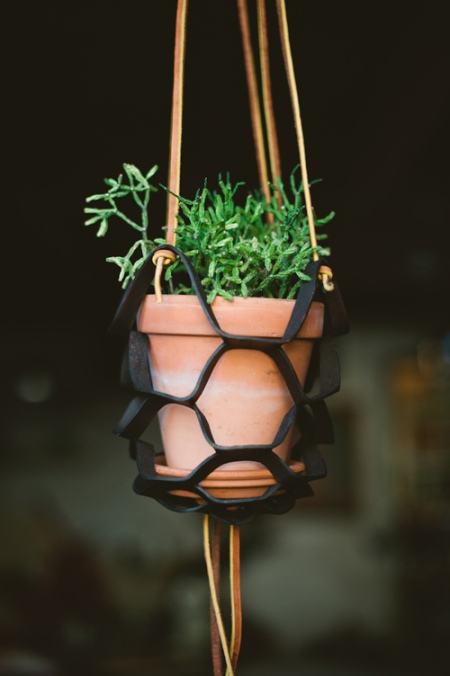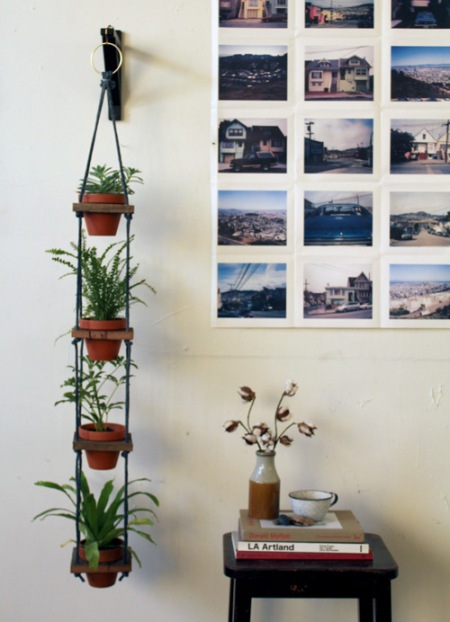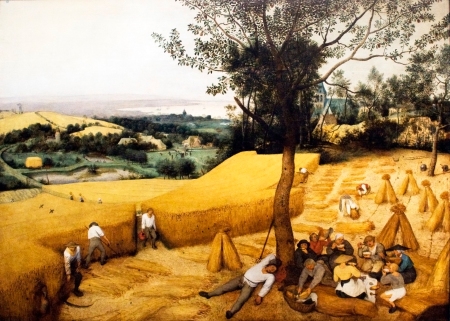Obviously, this blog has been silent for a little while…I’ve been enjoying being a mama to my wild-thing son, made a BIG move with wild-thing and hubs (and the pets!) back to Maine for an awesome job working for the Farmers’ Almanac, and to be closer to family…and in the last handful of months have FINALLY felt like I’m finding my groove – in parenthood, but also in life!
And I wanted to make a big announcement here, for all my Green(ish) Life followers – please follow me with my newest creative venture: My podcast – Who’s Your Mama – just released it’s third episode on iTunes (with many more episodes waiting in the wings, to be released on a biweekly schedule, on Mondays)!
Who’s Your Mama is an interview format show where I “gather pearls of wisdom from ladies who are conquering the challenge of maintaining a creative identity while raising a family.” Besides being a labor of love, the podcast is 100% inspired by how I have been struggling since my son was born with maintaining my creative/autonomous identity and through connecting with others, have realized that I’m NOT the only mama feeling this, that I’m actually NOT a selfish asshole. So, I’m hoping that these pearls of wisdom will be a light in the dark for other mamas feeling the same way – you ARE still an awesome individual – rock on, mamas!
I also wanted to announce here as a “call for entries” of sorts – if you know (or, if you ARE) a mama who is making time for what makes her soul sing, I would be honored to have you on the show: yourmamapodcast [at] gmail [dot] com
Links –
The website: http://whosyourmamapodcast.com/
iTunes link: https://itunes.apple.com/…/whos-your-mama-podc…/id1073137912 (Please subscribe and leave a glowing review – I’m sure the trolls are a’comin’!)
And please also like/follow me on fb and twitter so that I look cool:
Facebook: https://www.facebook.com/whosyourmamapodcast/
Twitter: https://twitter.com/wympodcast

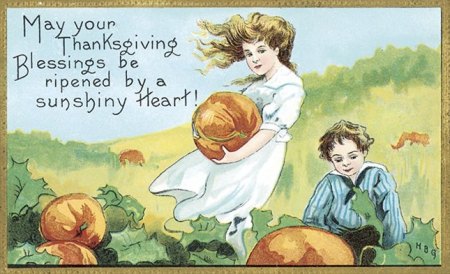

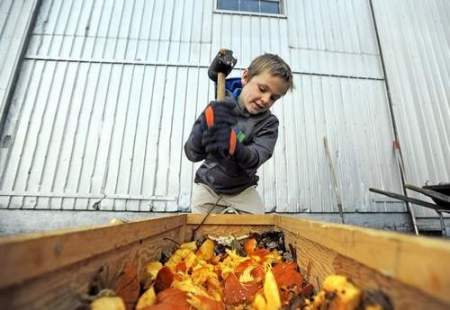 Christopher A. Nevala, 7, smashes leftover Halloween pumpkins with a mallet during the (Com)Post Halloween event at Zenda Farms in Clayton on Saturday afternoon. Photo by Amanda Morrison for the Watertown Daily Times.
Christopher A. Nevala, 7, smashes leftover Halloween pumpkins with a mallet during the (Com)Post Halloween event at Zenda Farms in Clayton on Saturday afternoon. Photo by Amanda Morrison for the Watertown Daily Times.

 Photo from
Photo from 
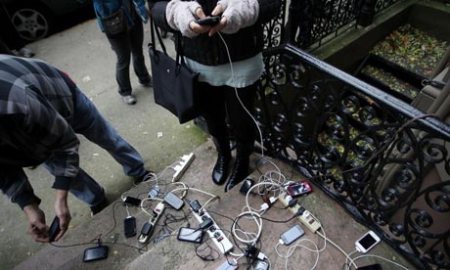 from
from 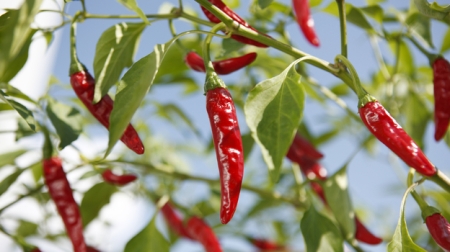 According to recent reports from a research team led by Australian biologist Monica Gagliano, some plants such as chili peppers may be able to “hear” other plants.
According to recent reports from a research team led by Australian biologist Monica Gagliano, some plants such as chili peppers may be able to “hear” other plants.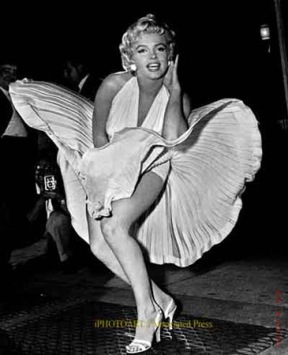 This is exactly how I look right now
This is exactly how I look right now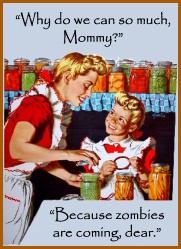 I know, every “homesteader” has this Pinned already
I know, every “homesteader” has this Pinned already



